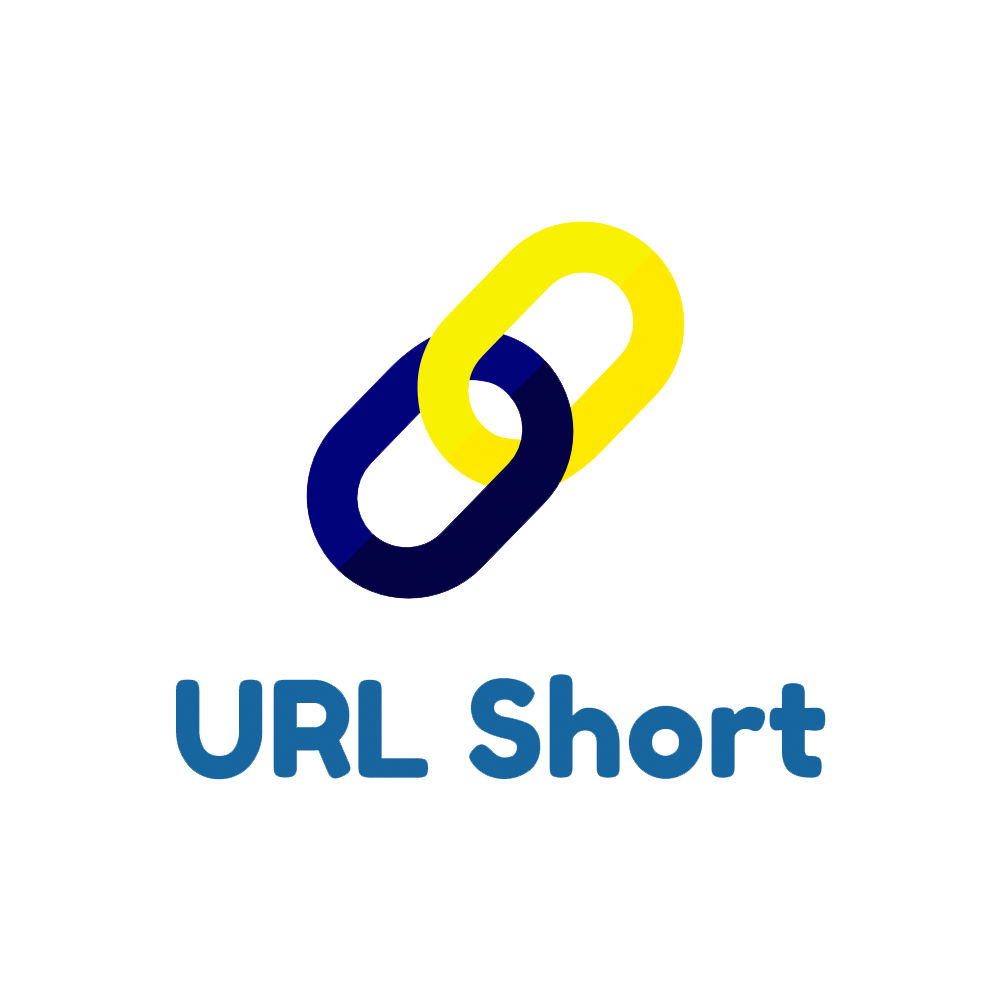In the digital age, where concise communication is key, URL shortening has become an indispensable tool. What started as a simple solution to unwieldy links has grown into a sophisticated mechanism that impacts branding, user experience, and SEO strategies.
This article takes a closer look at the evolution of URL shortening and its role in modern digital marketing.
What Is URL Shortening?
URL shortening is the process of converting a long web address into a shorter, more manageable link that redirects users to the original destination. Popularized by services like Bitly and TinyURL, these shortened URLs are used extensively in social media, marketing campaigns, and beyond.
The Early Days of URL Shortening
1. The Birth of URL Shorteners
The concept of URL shortening emerged in the early 2000s with the rise of social media platforms like Twitter, which imposed strict character limits on posts. TinyURL, launched in 2002, was among the first services to offer a way to create shorter links, making it easier to share content.
Key Features of Early URL Shorteners:
- Simple interface
- Limited customization
- Lack of analytics capabilities
2. Adoption by Social Media Platforms
As social media gained popularity, the need for shorter links grew. Platforms like Twitter, with its 140-character limit (now increased to 280), drove the widespread adoption of URL shorteners.
Notable Developments:
- In 2009, Bitly became the default URL shortener for Twitter, further cementing its role in the digital landscape.
- Social platforms began incorporating their own link-shortening systems (e.g., Twitter's t.co).
The Modern Era of URL Shortening
1. Advanced Features and Branding
Modern URL shorteners offer more than just link compression. They now include advanced features like:
- Custom branded URLs
- Link analytics
- Geotargeting
- Expiration dates for time-sensitive campaigns
Example of Branded Short URLs:
- Generic:
bit.ly/abc123 - Branded:
brand.ly/summer-sale
2. The Rise of Link Management
Today, URL shortening services have evolved into comprehensive link management platforms. These tools help businesses organize, track, and optimize their shortened links, contributing to better marketing performance and user engagement.
SEO Impact:
Shortened links, when properly managed, can drive traffic, enhance click-through rates, and improve overall SEO strategies.
3. Integration with Other Tools
URL shorteners are now integrated into broader digital ecosystems, including:
- Marketing automation platforms
- Social media schedulers
- Email marketing tools
These integrations streamline workflows and ensure consistency in link tracking and branding.
The Role of URL Shortening in SEO
While URL shorteners initially raised concerns about their impact on SEO, modern advancements have resolved many of these issues. Today, shortened links:
- Pass SEO value through proper 301 redirects
- Improve user trust with branded links
- Enable tracking and analytics to optimize strategies
Challenges and Future Trends
1. Security Concerns
The misuse of URL shorteners for spam or phishing has led to skepticism among users. Modern services address these issues with advanced security features, such as HTTPS encryption and spam detection.
2. Future Innovations
The future of URL shortening lies in enhanced personalization and AI-driven insights. Upcoming trends may include:
- Predictive analytics for link performance
- Dynamic URLs that adjust based on user behavior
- Deeper integrations with emerging technologies like voice search
Conclusion
The evolution of URL shortening reflects the changing needs of the digital age. From its humble beginnings as a simple solution for sharing links, it has grown into a powerful tool for branding, marketing, and analytics.
By leveraging modern URL shorteners and staying ahead of emerging trends, businesses can optimize their digital strategies and deliver better user experiences. The journey of URL shortening is far from over, and its future promises even more exciting developments.
